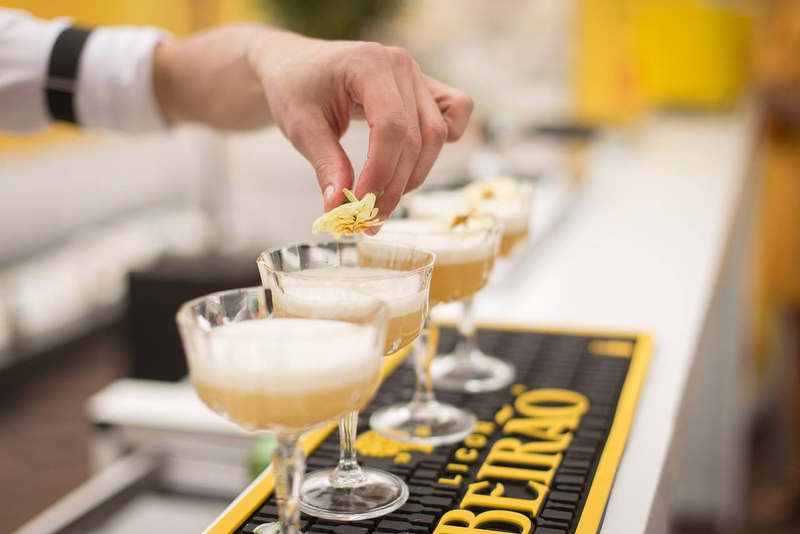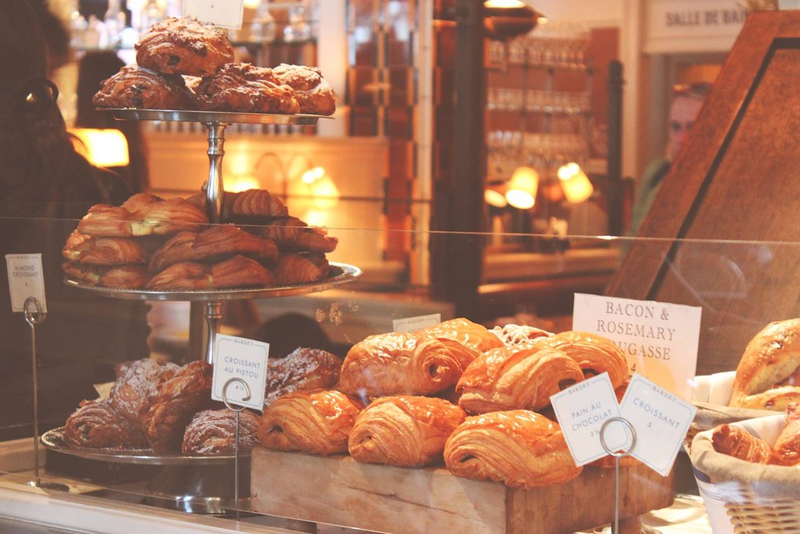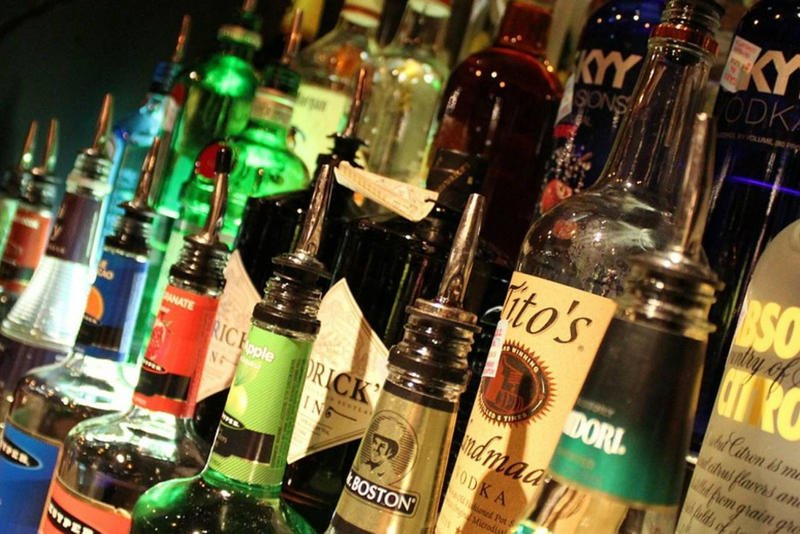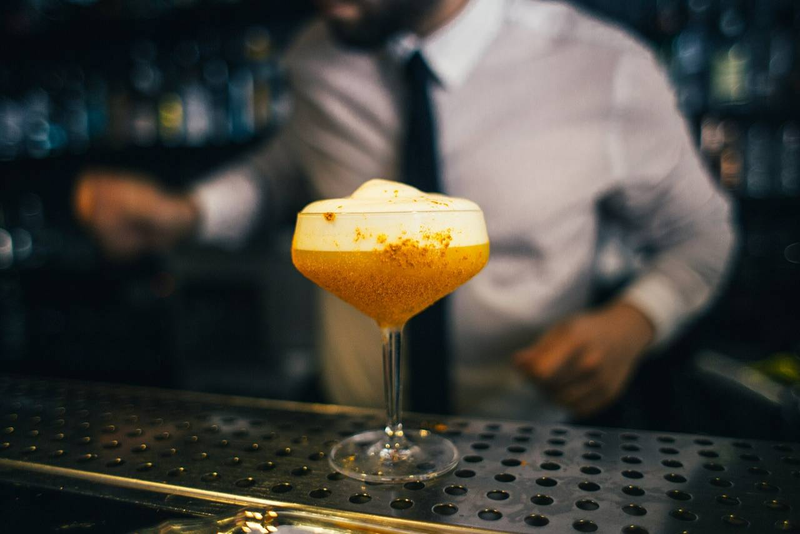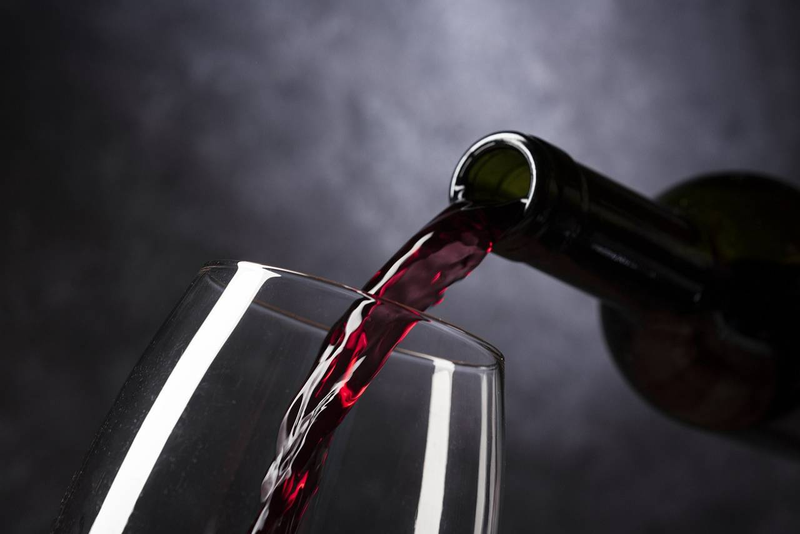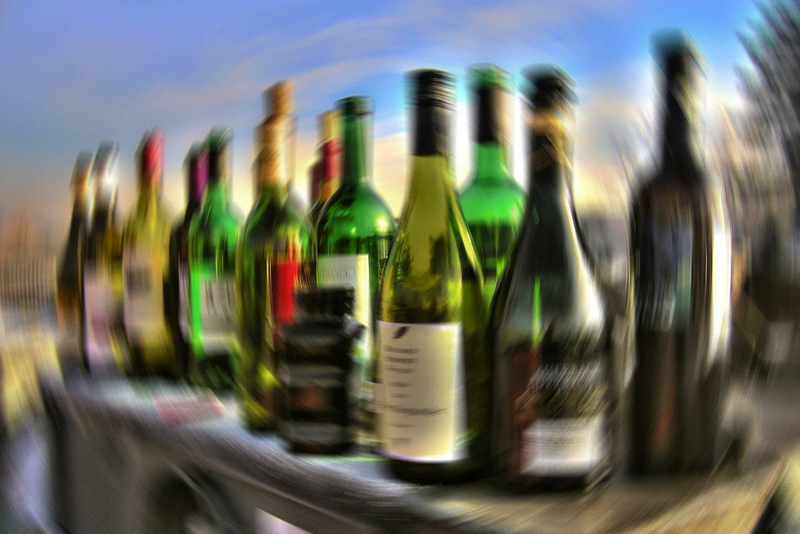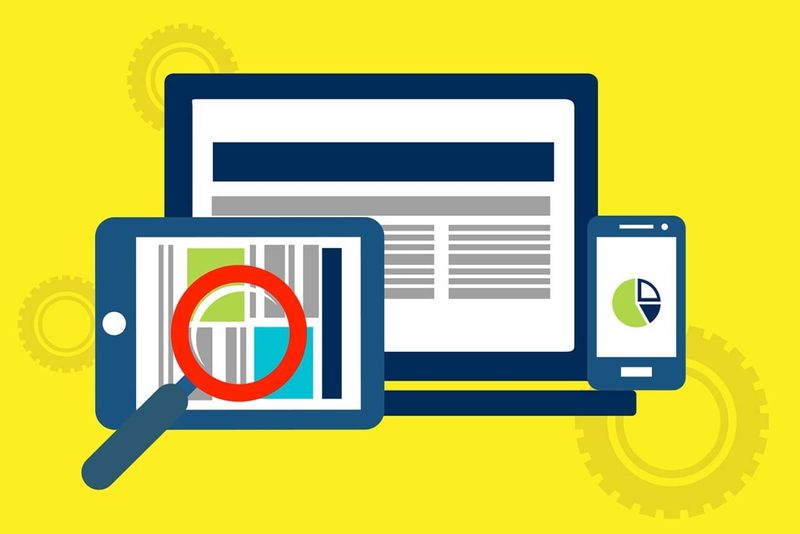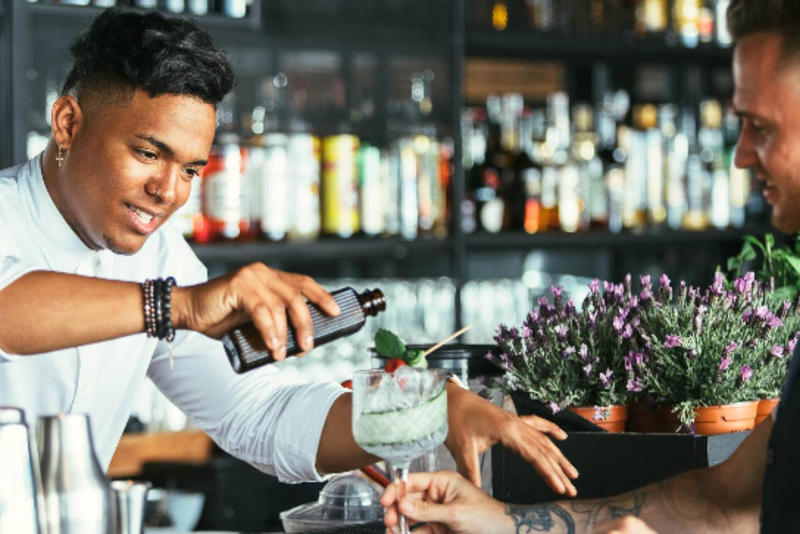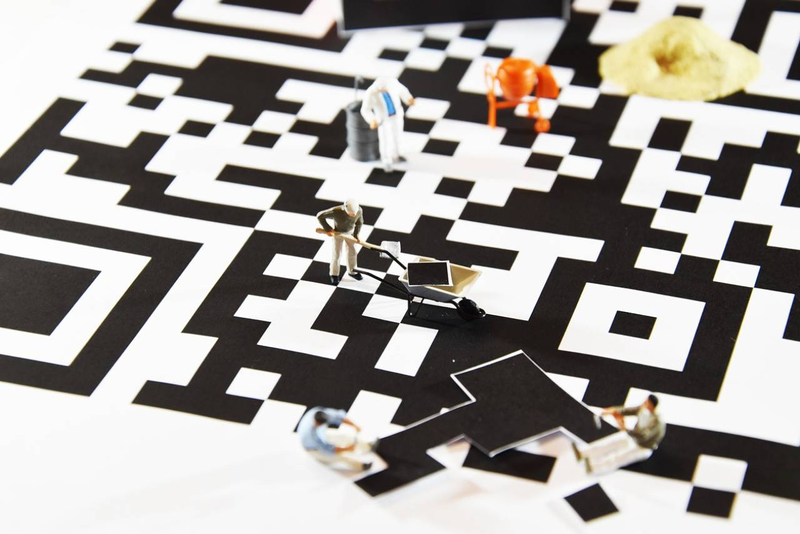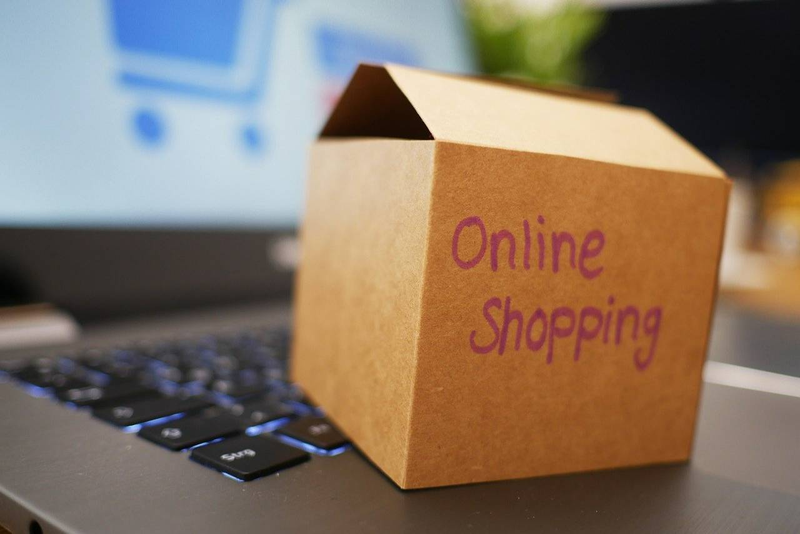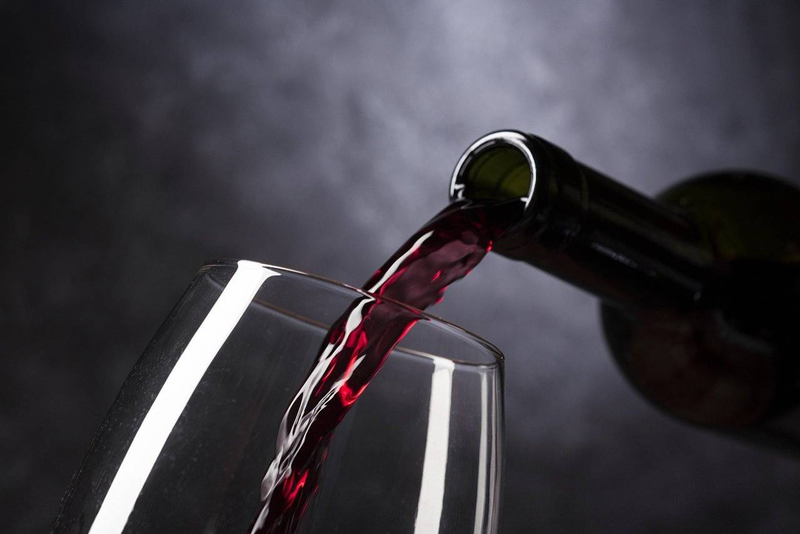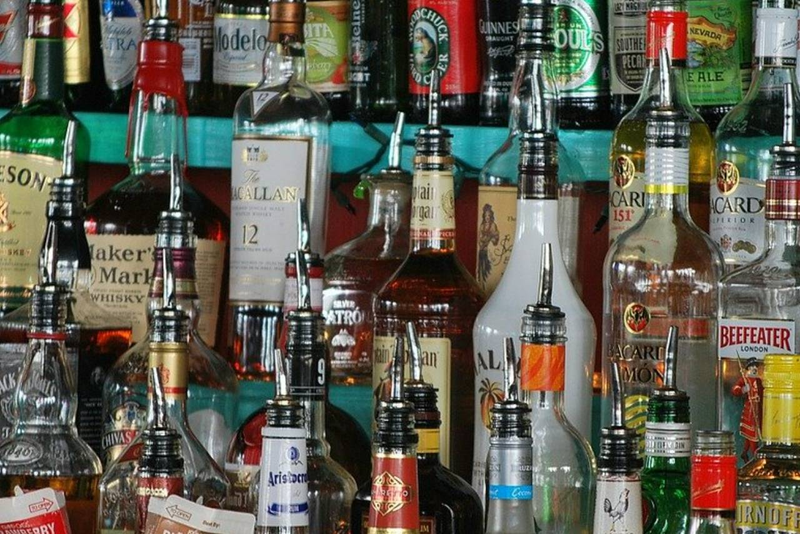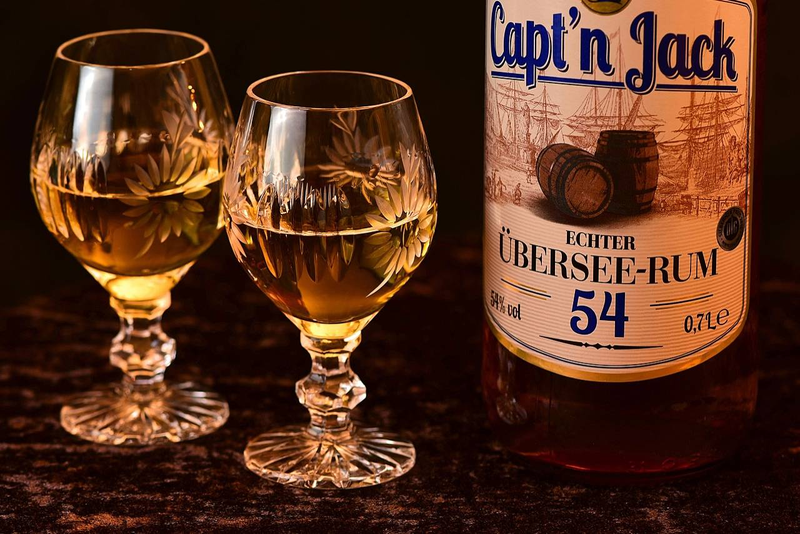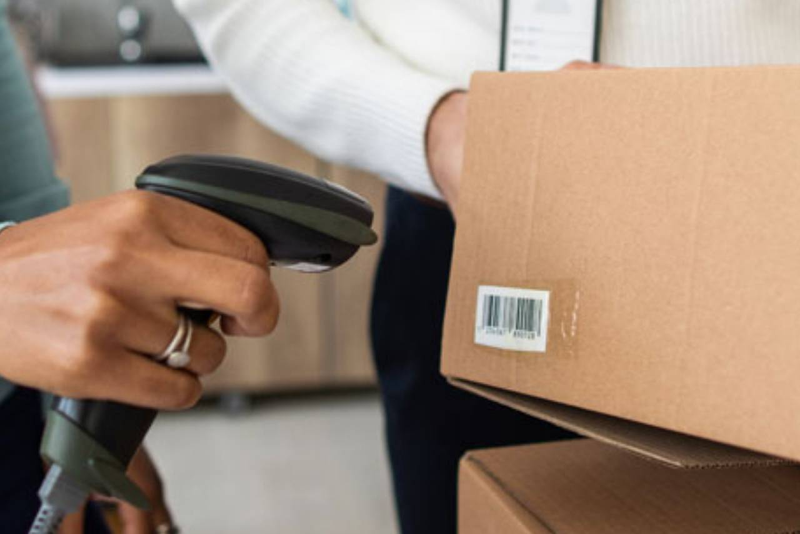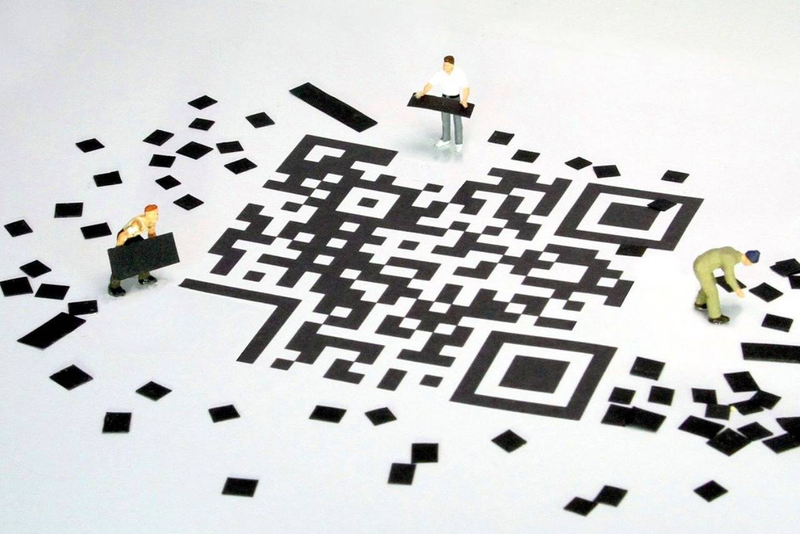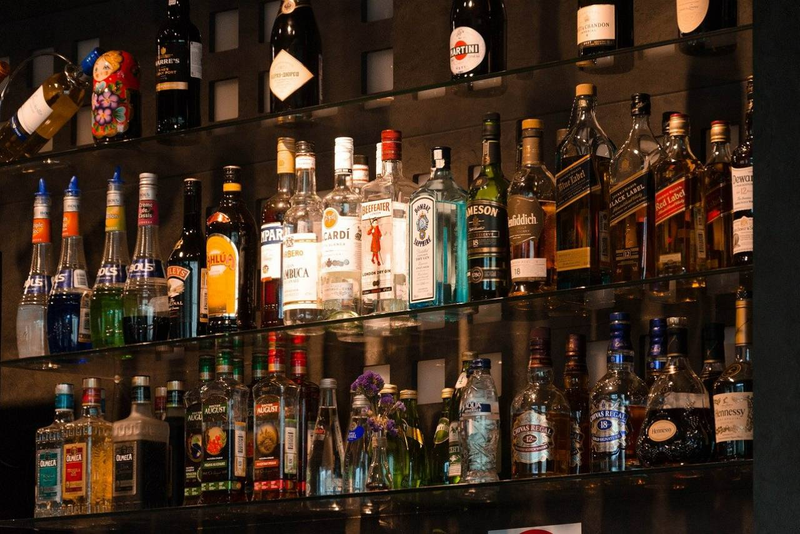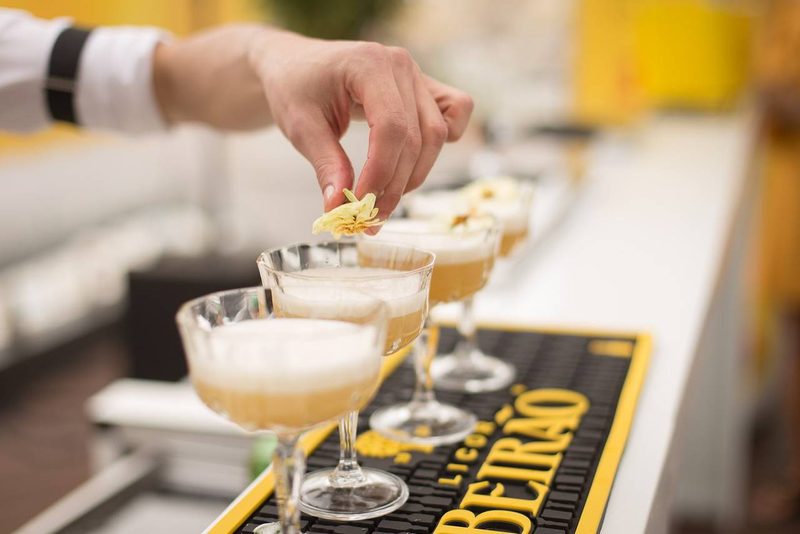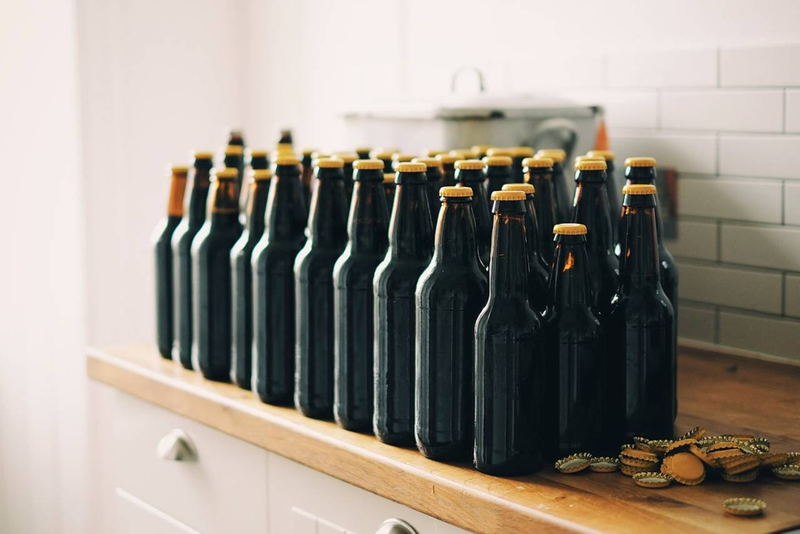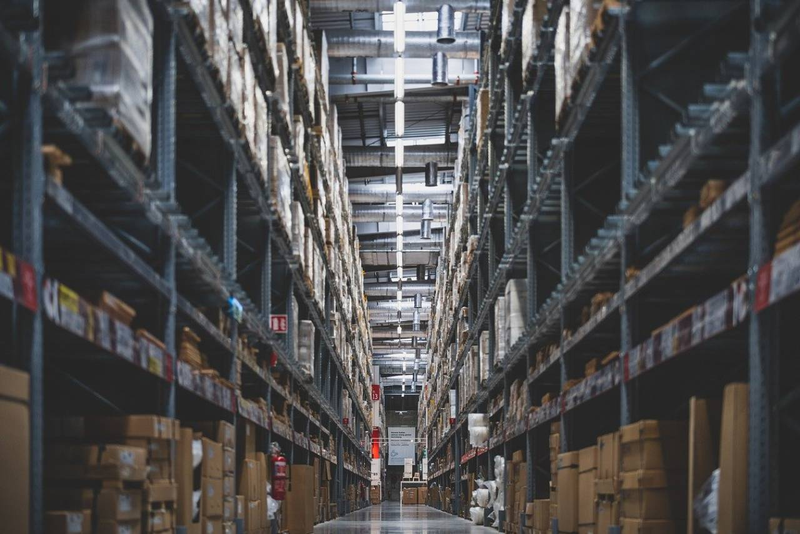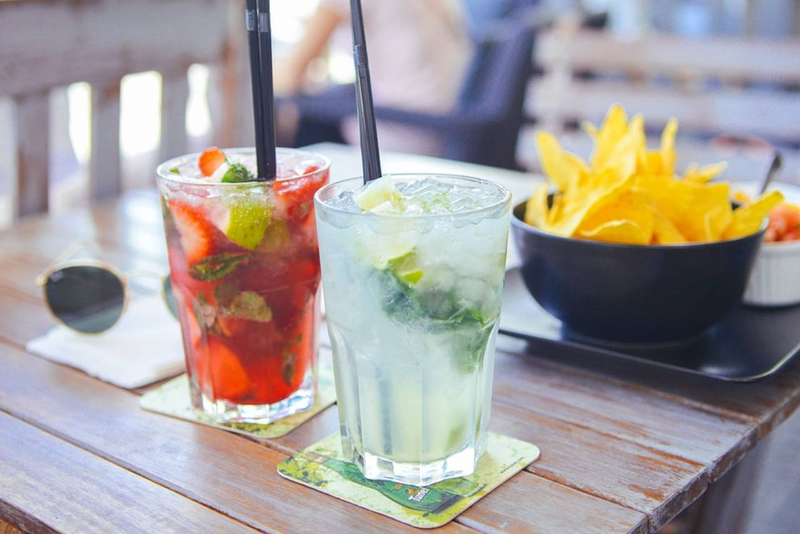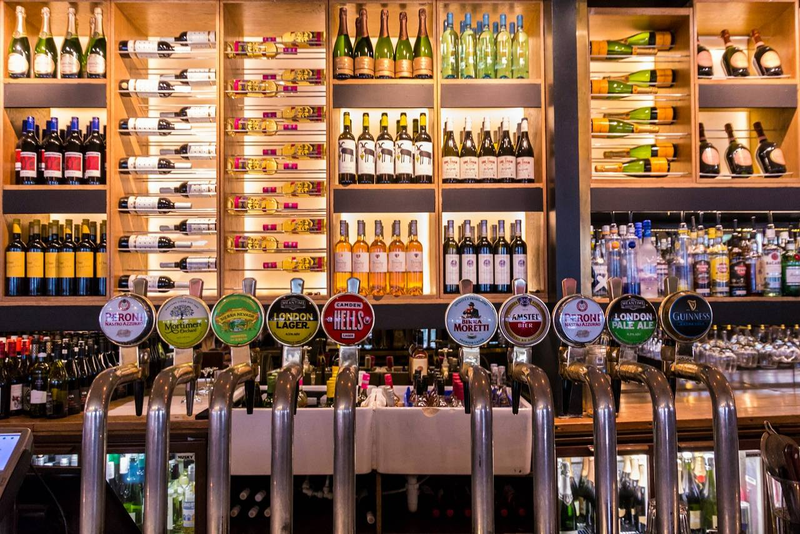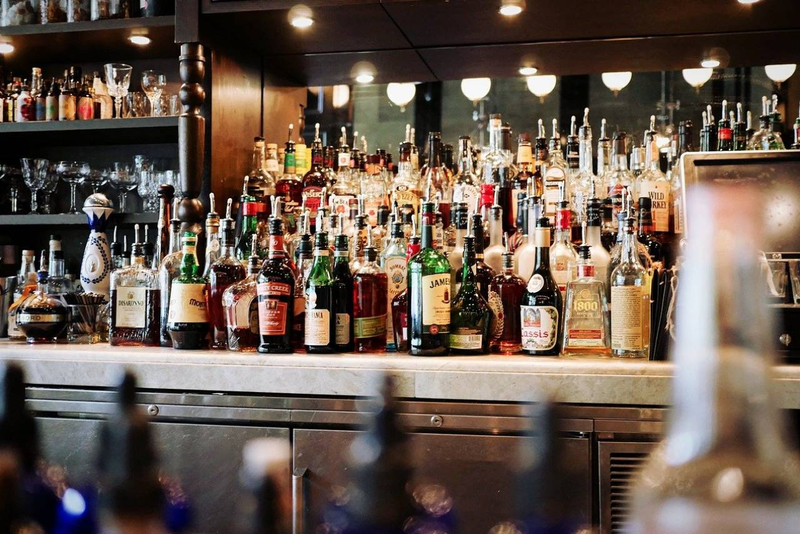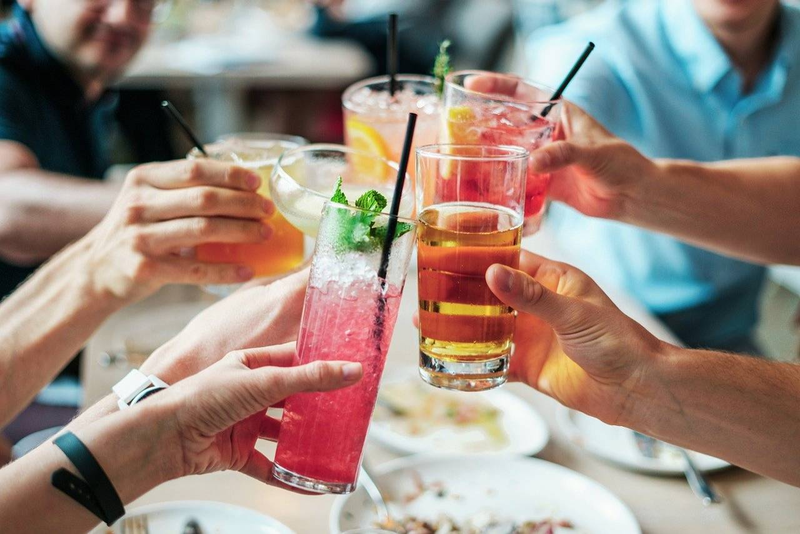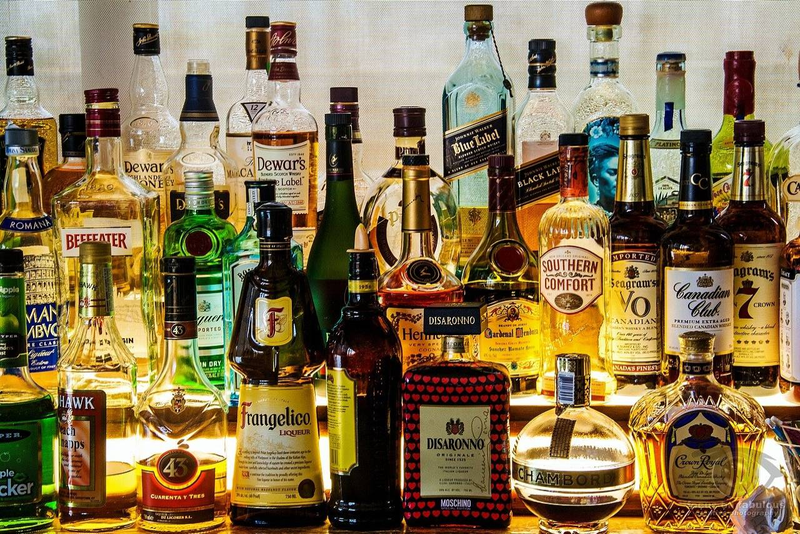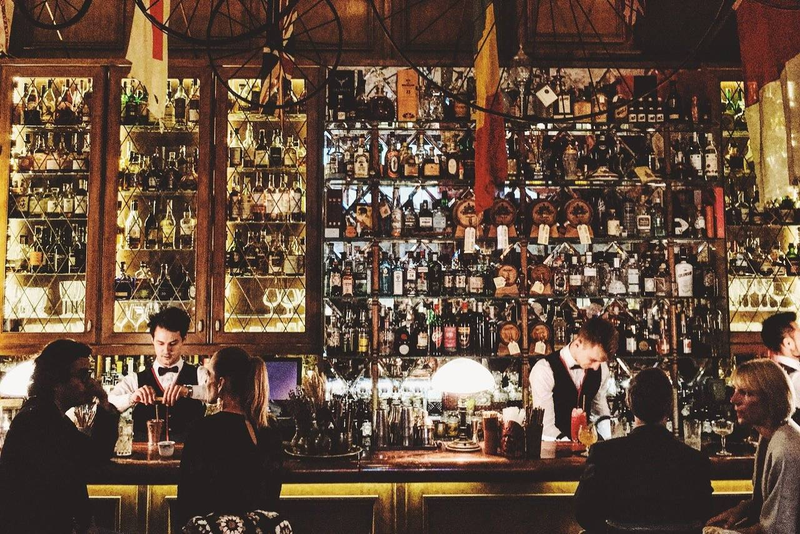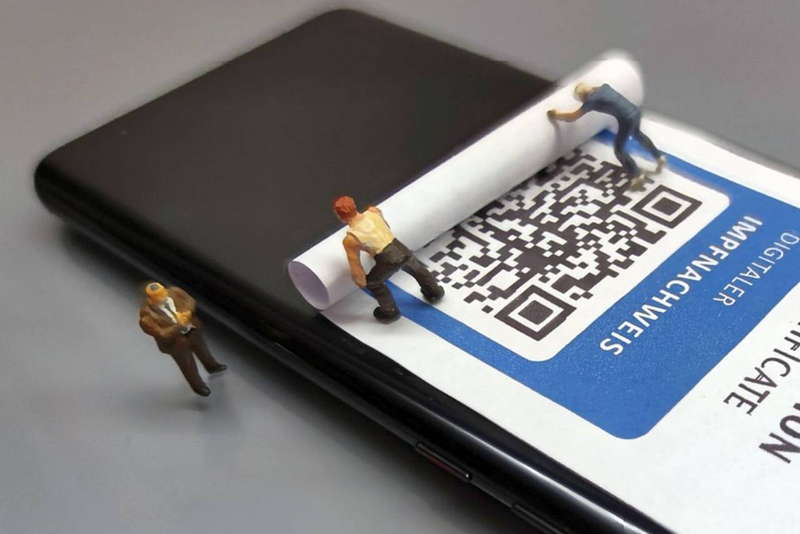What is alcohol costs ?
As a manager, there are plenty of different things to think about when working to keep alcohol costs down. Follow these 10 tips to lower your alcohol costs and improve your bottom line.
10 Best Methods To Reduce Alcohol Costs At Your Restaurant
What Are Alcohol Costs?
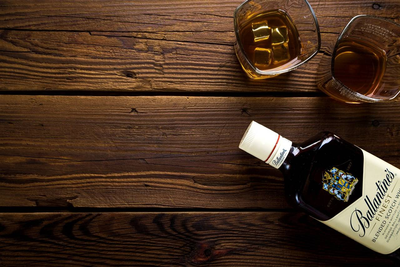
When it comes to the restaurant business, controlling alcohol costs is a major component. Prices will rise on products at all times which means sales quotas shift. Couple that with over pouring or over portioning will impact costs as well. That can mean money lost every time you serve something.
Restaurant owners can feel like their costs are out of control and that pouring costs of alcohol are going up all the time. If that's how you feel, you'll want to read this article and learn these 10 ways to control alcohol costs. This article will teach you the systems you need to put in place so you can control your costs.
The 10 Best Methods To Reduce Alcohol Costs
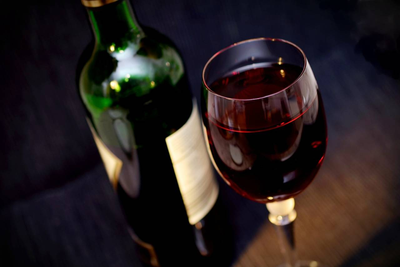
Running a successful restaurant business means staying on top of inventory, costs, and everything in between. Controlling expenses is the main component to watch over if you want to run a profitable business.
Blindly pricing drinks, loses track of inventory, and making inaccurate estimates of product orders can create problems. These types of managerial mistakes will cause costs to rise while simultaneously crashing profits.
As a restaurant manager, making simple changes can effectively control your overall costs and let you run a successful business. Here are 10 proven tips for lowering your alcohol costs.

Looking for the best way to manage Bar Inventory?
We got you covered
Method
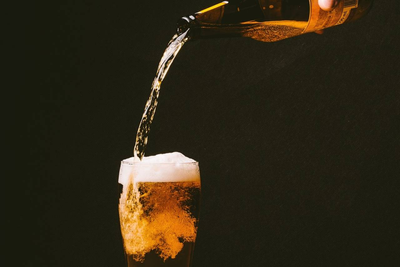
Almost 80% of the revenue in a bar comes from drink sales. If you price yourself out of competition you can lose out on profits. When drinks are too expensive they can push customers out the door. So, keeping drink recipes up-to-date will let you price drinks accordingly.
To price drinks, calculate your current beverage costs and compare it to the industry standard of 25-30%. You should also factor in product shrinkage or loss to provide a pricing cushion. Beverages should average out to a cost of 16.67%.
Method
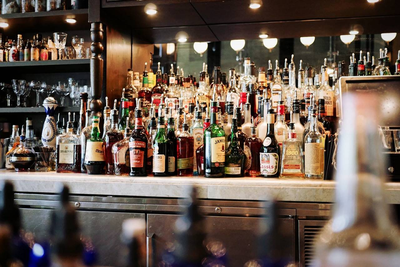
What is a point of sale? The POS is the place where customers purchase products or services. It's also a place that can generate revenue for your company and help you improve your customer service.
The point of sale is important because it's able to provide a convenient way for customers to buy what they need and it's easy for them to purchase your products. But if it's not set up properly, you might be missing out on potential profit.
However, there are some basic things to keep in mind when setting up your point of sale that will help you increase sales, improve customer service, and make it easier for the cashier or person taking payments.
Method

Use pars to organize storage areas. Pars are a representation of a minimum product amount you want to keep in stock at all time. Having an accurate par setting will tell you if you're sitting on too much inventory or not purchasing enough.
When storage areas are organized, it will let you know right away when a certain item needs reordering. Due to customer preferences and seasonal changes, pars need to be updated at least twice a year. If want even more accuracy, consider updating them quarterly, or even monthly.

Looking for the best way to manage Bar Inventory?
We got you covered
Method
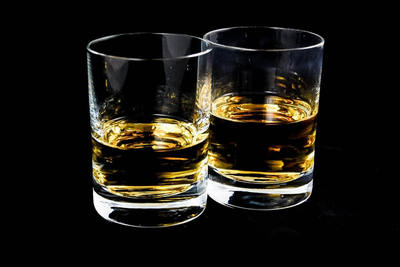
Bars are filled with an array of glassware and each is used for a specific type of drink. Margaritas, martinis, and cocktails each have their glassware as do beer, wine, and specific liquors. Any well-stocked bare will have the tried-and-true glassware in stock. Others might not be as necessary.
It's the decision as the bar or restaurant owner to decide what types of glassware should be stocked. Most cocktail recipes suggest a certain type of glass, but it's not a requirement. One type of glass can often be used for multiple drinks. For instance, a Collins or highball can be replaced with a pint glass or Mason jar.
Method
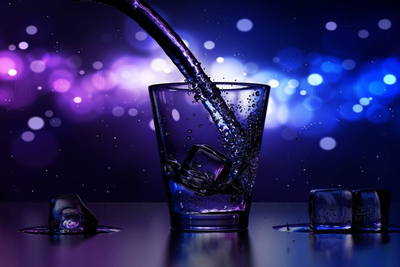
Conducting periodic audits of inventory will help maintain a solid understanding of a company's assets. It will help you strengthen your company's finances while maintaining compliance with any regulatory bodies.
An audit helps you verify payroll records, spot issues, and fix them swiftly. Regular inventory audits should be conducted on a yearly basis. Staff should look at all physical inventory at the same time each year.
Method
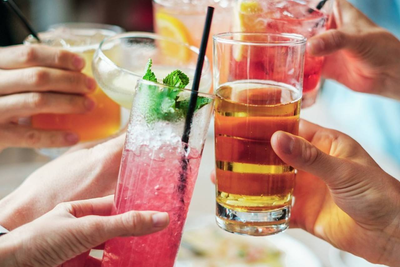
If portion control veers off it can become costly. Consistency in portion sizes during serving will be effective at lowering costs. All staff should remain consistent on every shift at deploying the portions for both food and drink. Being consistent about serving sizes can begin in prep instructions. This ensures there is no waste and will control costs.
Method
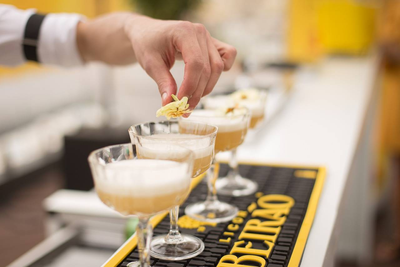
When inventory is received it should be gone over while the delivery supplier is still present. It's important that all the products on the invoice are received. Making sure that extra product isn't accompanying the order is also important.
If you sign an invoice before checking the supplies you could be overcharged. During the review if you find a product hasn't been delivered, make a note on the invoice that it wasn't received.
Having extra product you didn't order can also tie up your costs, leaving you with less cash flow to put toward other expenses like payroll and rent.
Method
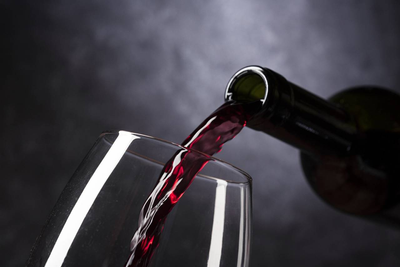
Product mix, also called product assortment, is a set of the total number of product lines that sellers offer to their buyers. In this case, it would be the total amount of alcohol within a bar. A company may have more than one product line. Several product lines are put together and called a product mix for the company. Product mix consistency is the close relationship between different product lines. The more product variation means less product consistency.
Method
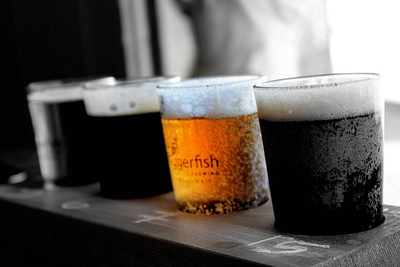
Inventory represent the largest asset of any business's profits. You should have a comprehensive and accurate inventory tracking method. Keep track of how much product is so you don't overstock or understock your shelves.
Taking inventory on a consistent schedule will help curb product loss from occurring. For example, if, after counting inventory, you notice a bottle of Grey Goose has gone missing, having inventory records will help you track the loss and prevent it from happening again in the future.
Method
Overpouring is one of the reasons costs go up in a bar. If bartenders consistently overpour and top off a customer's drink, it essentially means you're giving away free product. To prevent overpouring, a policy should be put in place.
Regardless of the type of pour policy used, make sure you have an ongoing training and review process for staff. Another option is to have staff use jiggers for each pour. This will make cocktails consistent, ensure bartenders aren't overpouring and driving up your costs.


